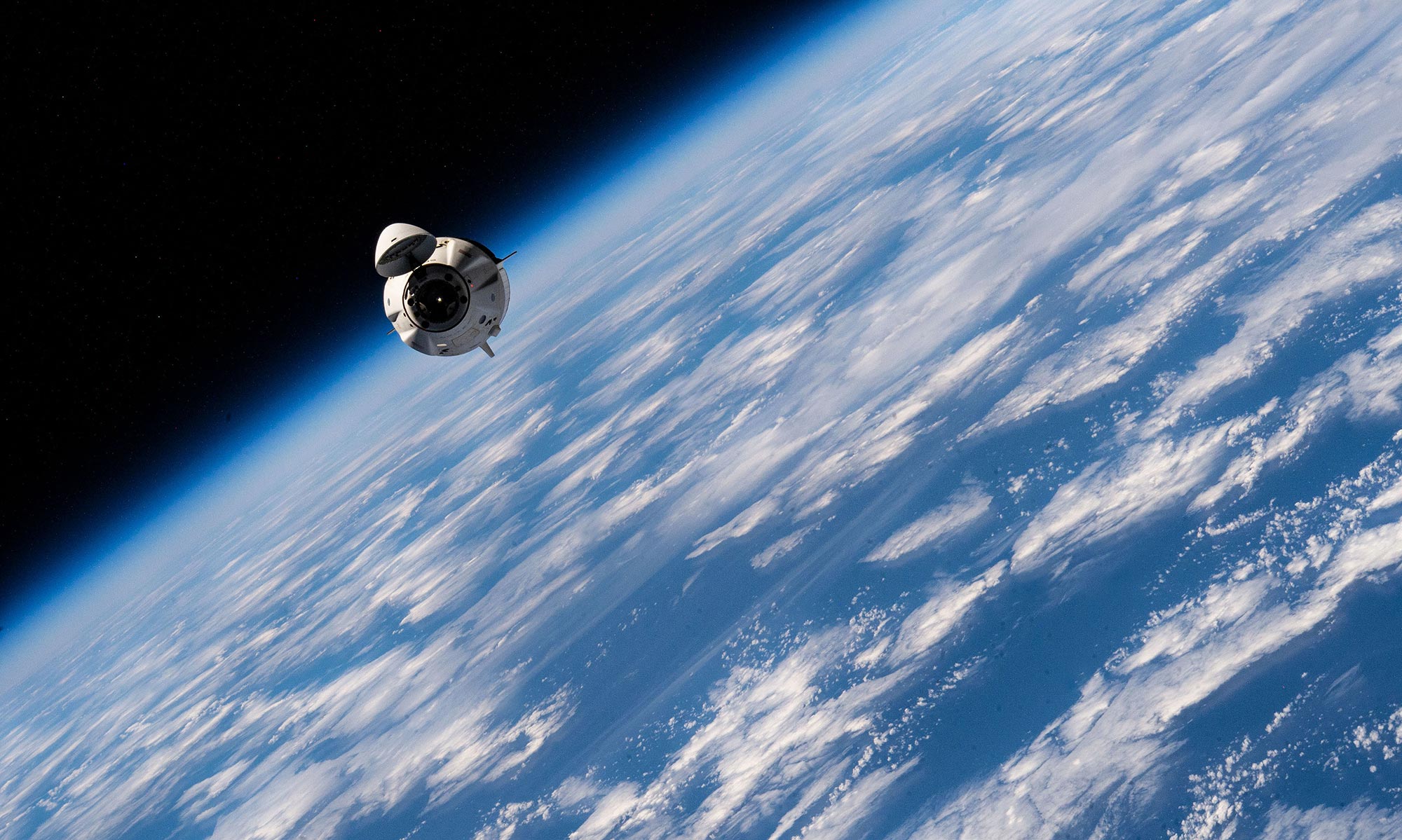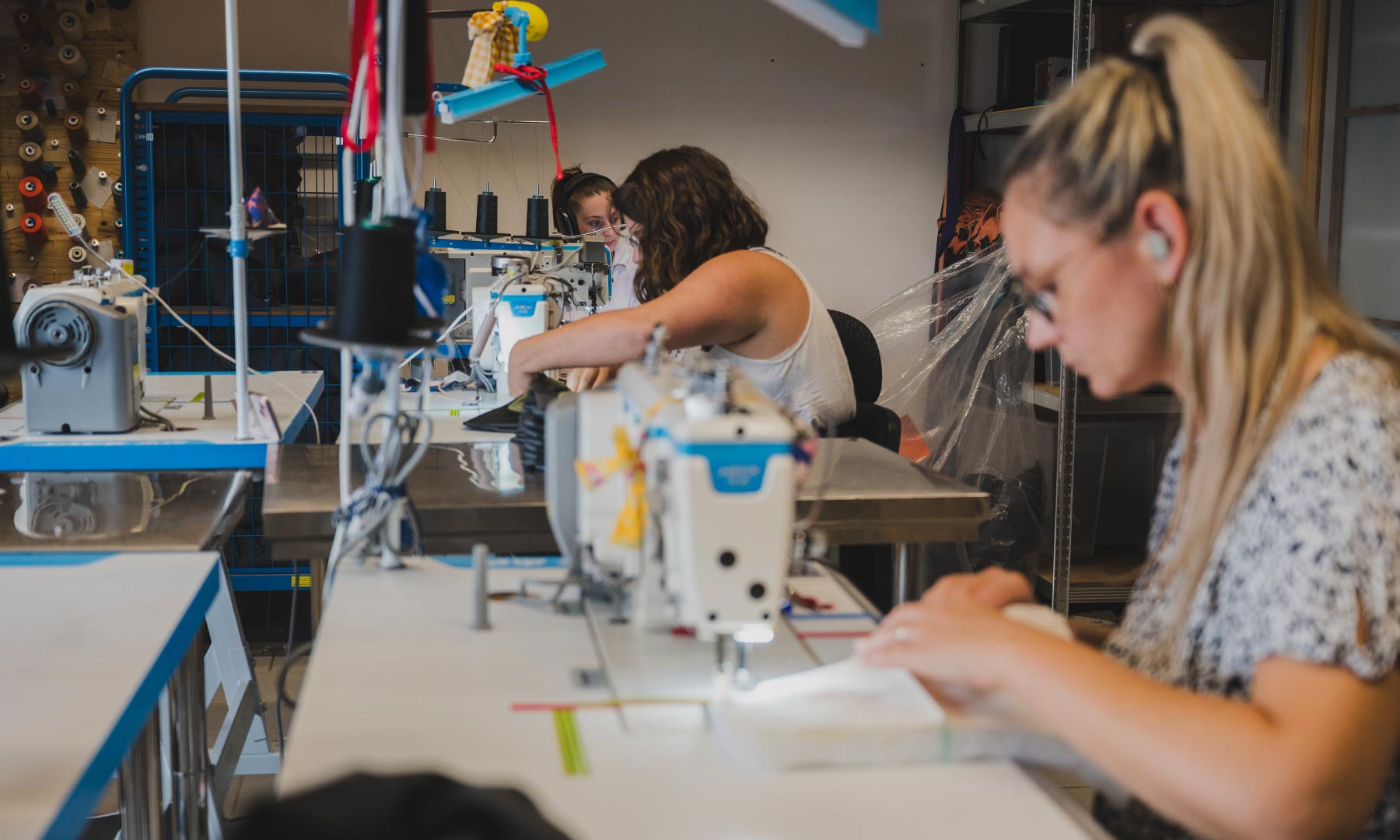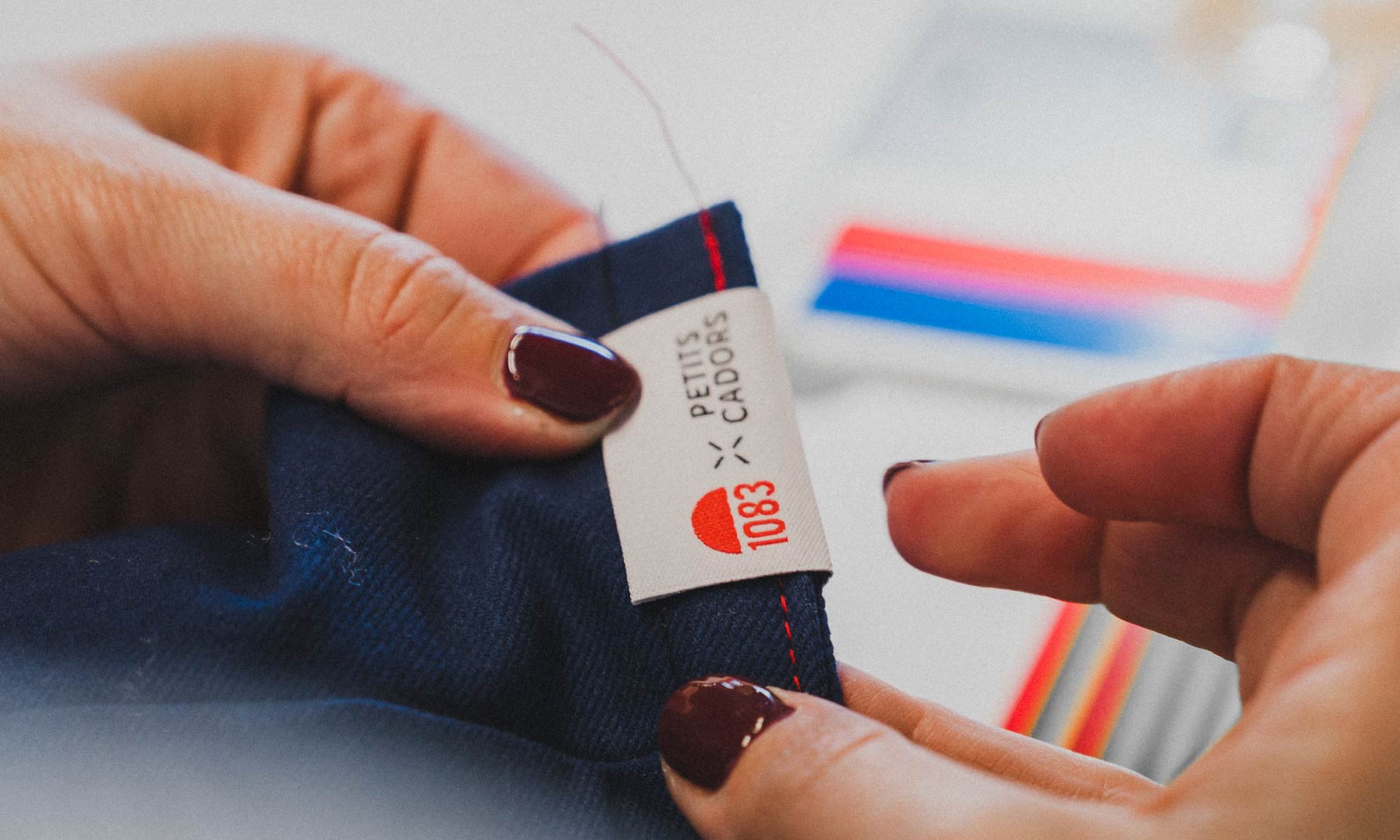
A cushion for space!
As I write these lines, I admit that I myself find it a little hard to believe. And yet, after several months of research and development on an incredible project, it is finally possible to tell you about a cushion that we would never have imagined designing and manufacturing, even in our wildest dreams: a cervical cushion commissioned by the ESA ( European Space Agency ) for the next space mission of the French astronaut most involved in raising awareness of environmental issues: Thomas Pesquet .
I'm telling you about this incredible adventure that started almost 2 years ago.
AN UNLIKELY CALL
On Tuesday, October 24, 2023, around 4 p.m., I received a call from Sarah Hampton, who introduced herself as a Space Life Support Systems Engineer at ESA. Of course, my first reaction was to tell her she was probably mistaken, but she immediately contradicted me by telling me that she had identified our company as a potential partner for a very specific project : the development of a head cushion that would be used by Thomas Pesquet during his next mission in space.
To clarify the request, and no doubt sensing that I am a little surprised, she specifies that this project is part of the approach to improving the conditions of astronauts during launches and space travel . She also specifies that following the two successful missions of Thomas Pesquet ( Proxima in 2016 and Alpha in 2021) it was he himself who initiated this specific request aimed at considerably improving the comfort of the cervical vertebrae which are of course put to the test during missions.

© ESA - Thomas Pesquet
COUNCIL AND STUDY OFFICE
Although surprised, I quickly accepted the invitation she offered us to present the project to us in more detail the following week via video conference, as she herself was based at the European Space Technology Centre (ESTEC) in Noordwijk, the Netherlands.
After a quick introduction to the context, Sarah Hampton explains that she wants to entrust us with the design of this cushion and that we will have the dual role of design office and manufacturer . However, she immediately alerts us to a decisive element for the project to come to fruition: confidentiality. We must not reveal anything about this project before having the green light from the ESA (that is to say in several months). We of course accept this condition and sign a particularly substantial confidentiality clause (62 pages!).
Sarah Hampton then took the time to present the specifications to us , specifying that she would like our working base to be our 2-in-1 cushion - ELLIPSE . She then went through the specifications, which were very detailed and included constraints that we had never considered in our creations before:
- Adaptation to weightlessness : The cushion must provide adequate support in an environment where the body does not rest in the same way as on Earth.
- Ergonomics : It must adapt to the astronaut's morphology and the positions he adopts in space. It must also take into account the relative elongation of the body in space and, more specifically, the slightly greater distance between the cervical vertebrae due to the stretching of the spine.
- Reducing pressure points : Minimizing pressure points is essential to avoid pain and discomfort, especially during takeoff and landing or during long stays in orbit.
- Lightweight and strong materials : Weight is a crucial factor in space missions, and materials must withstand extreme conditions (temperature variations, radiation).
- Ease of cleaning : Hygiene is paramount in a shuttle or on the ISS, so the cushion must be easy to clean and disinfect.
- Flame retardant materials : Safety is paramount, materials must be flame retardant.
As the presentation progresses, we sense that this project is going to be particularly technical and a real challenge. But innovation is part of Petits Cadors' DNA and it's a fantastic opportunity to push our creativity even further . It's also an opportunity to leverage our expertise to design an exceptional cushion in several ways.
 © ESA - Astronaut resting on the ISS
© ESA - Astronaut resting on the ISS
15 months of R&D
It would be tedious to go into detail here about all the stages of creating the cushion and the dozens of exchanges we had with Sarah over the months.
We went through all the possible phases during a project as original and specific as this one: the joy of managing to find the perfect design, the discouragement when we had to source materials of absolute rarity or even the jubilation when we were able to carry out the first tests with Thomas Pesquet himself!
On the other hand, we are very proud to present to you here the cushion that we designed and manufactured in our own workshop after 15 months of R&D .

© Petits Cadors - Space travel cushion
In accordance with the initial request, the final cushion is inspired by our best-selling ELLIPSE - a 2-in-1 cushion, combining a neck cushion and a headband that acts as a mask to block out light. Apart from a tailor-made design, totally adapted to the morphology of Thomas Pesquet (the ESA provided us with a 3D file of his bust so that we could adjust our template to the millimeter), the significant difference is essentially in the choice of materials .

© Petits Cadors - Space travel cushion
After extensive research, we chose a polyimide (a polymer family) for the cushion, typically used for thermal and electrical insulation due to its resistance to extreme temperatures and radiation. It is also used to make thermal blankets, which, like our cushions, is reminiscent of the world of bedding.
This choice was also reinforced by two other qualities: lightness and fireproofing . Two elements which were essential in the specifications.
Another technical detail, this cushion has been entirely assembled with a Kevlar thread , a synthetic fiber very resistant to heat and shocks.
All these features have allowed us to create an ideal space cushion combining comfort, durability, safety and adaptability, and taking into account the specific constraints of the space environment.

© Petits Cadors - Testing the cushion at MEDES
Trial and tests validated
On Wednesday, January 8, 2025, we had an appointment to attend the last test planned in the program of our project , at MEDES (Institute of Space Medicine and Physiology) in Toulouse, where Thomas Pesquet was equipped with our cushion during training in a simulated environment. The ultimate test, and the one for which we were most apprehensive, was that of the centrifuge , this massive machinery designed to simulate the acceleration forces (G forces) that astronauts undergo during takeoff and atmospheric reentry.
As the centrifuge spins , our heads spin quickly and ideas race: “What if we forgot something?” “What if the materials don’t hold up?” “What if Thomas Pesquet finds the support too weak?”
The rotation seems endless. We can't wait to see him again.
Finally, the centrifuge brakes slowly and then comes to a stop. As soon as it comes out of the machine, the verdict is in : “Brilliant!” exclaims Thomas Pesquet - “I’ve never read such a big April Fool’s joke!”
😄






